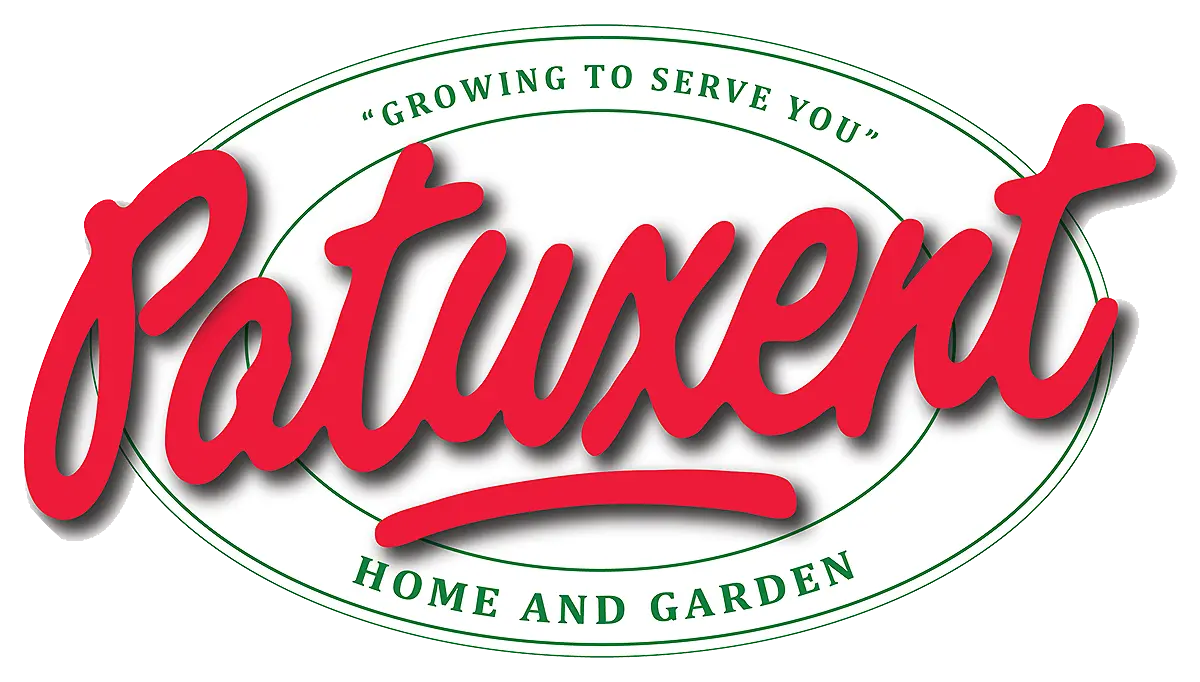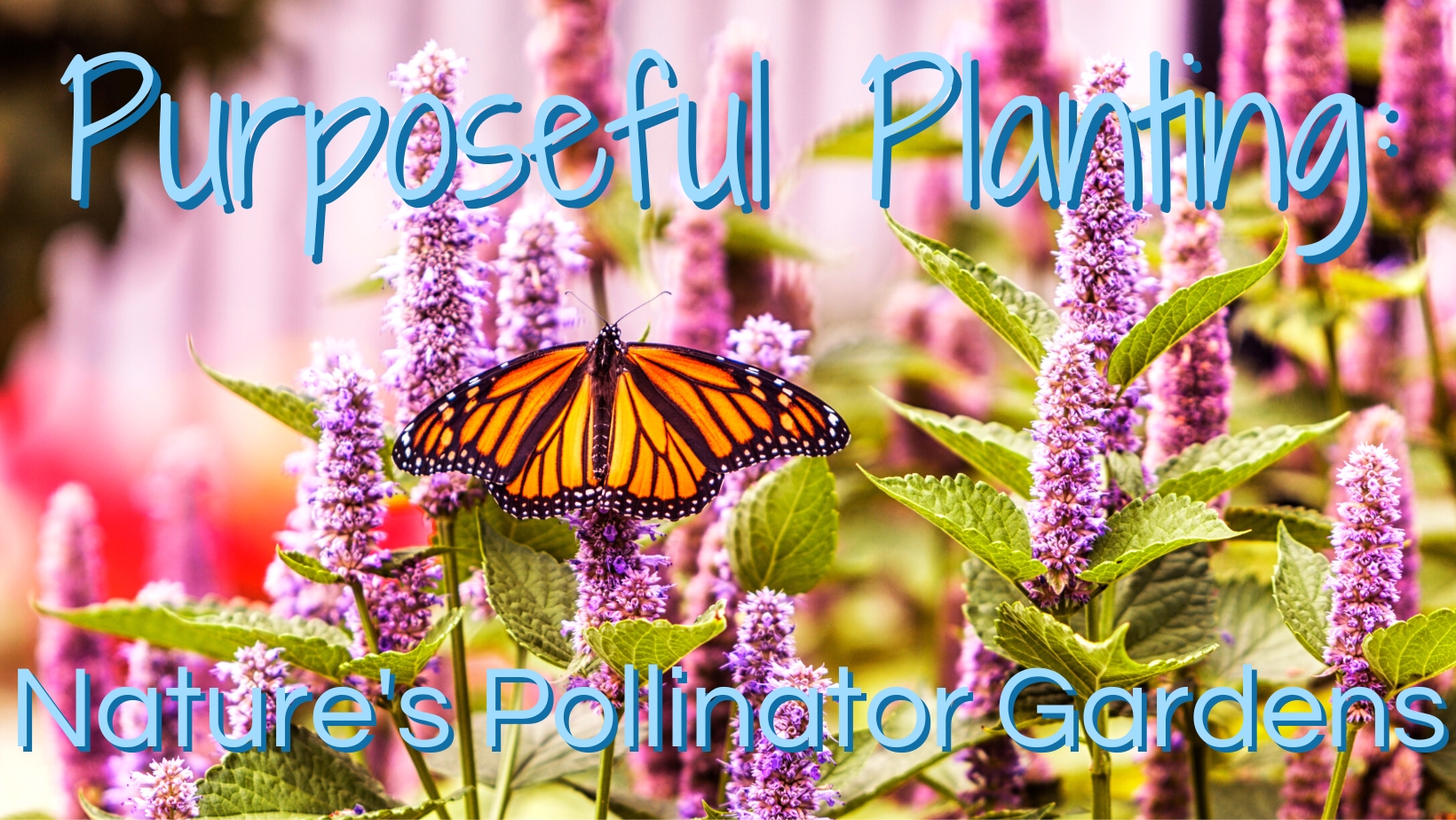In 2007, the US Senate dedicated one week in June as National Pollinator Week. This effort raised awareness of the declining pollinator populations and helped to educate people internationally about the importance of pollinators in the ecosystem.

What Are Pollinators?
Pollinators include insects like moths, butterflies, and bees, but can also be birds or small mammals. These animals move pollen from the male flowers to the female flowers fertilizing plants as they go. Once flowers have been fertilized, they produce seeds that can turn into fruits that keep our ecosystem in balance.

Why Do We Need Pollinators?
Without pollinators, many plants are unable to flower and reproduce. If there are no flowering plants, then pollinators would die. In fact, the relationship between pollinators and plants is mutually beneficial. The pollinators provide the plants with the means to reproduce and the plants provide both food and habitats for pollinators.
Essentially, the entire ecosystem would collapse without pollinators. There would be a decline in many plant species that provide habitats to animals, ground stabilization, and food resources.
In agriculture, plants that have been fertilized through the pollination process produce fruit. We consume many of those fruits – like apples, melon, tomatoes, blueberries, and more as part of our daily diet. Pollinators are responsible for nearly 80% of our major food crops around the world. Their role in both agriculture and landscaping is vital for survival.

Examples Of Pollinators
There are hundreds of different pollinators, but the most common are bees, butterflies, and birds. Although they all serve a crucial role in the ecosystem, they each do their part in different ways.
Bees are inevitably the most important pollinators. Bees have tiny hairs that pick up pollen when they stop to drink nectar from a flower. Their favorite flowers are typically bright (either in shades of yellow or blue) with places for them to land. Bees cannot see red so if you’re looking to help the bees, avoid this color.
The most beautiful pollinators, butterflies, pollinate the same way bees do. Since their bodies are longer and more slender, they don’t pick up as much pollen are their furry bee friends. They prefer brightly colored flowers that are flat, giving them somewhere to land and rest.
The least recognized pollinator is often the hummingbird. Hummingbirds are not appreciated enough for their hard work. They pick up pollen when they reach their beaks into flowers for nectar. Afterward, their faces and beaks have pollen on them. They gravitate toward red, orange, and white tube-shaped flowers. The more weight the flower can support, the better.
Hummingbirds are not the only pollinators that are birds though! Fun Fact, in the United States, the main bird that pollinates is the hummingbird; however, in Hawaii, it’s honeycreepers, in Australia honeyeaters, and in New Guinea brush-tongued parrots!

Growing A Pollinator-Friendly Garden
When designing your garden, keep the bees and other pollinators in mind. Pollinator conservation is the best way you can help keep our ecosystem balanced.
Getting Started
First, decide where your garden will be planted. You do not need a large area of space to grow a pollinator garden, some can actually be quite small. As long as you have space for a container or window box, you can grow a garden for pollinators!
Next, pick out which plants you would like to grow. Keep in mind growing conditions and bloom times. The best pollinator gardens attract a variety of pollinators throughout the year!
Plants That Attract Pollinators
Most pollinators are attracted to flowering plants that produce lots of nectar like wildflowers and native plants. As they feast on the nectar, granules of pollen stick to their bodies and are transported to the next flower. In order to increase the number of pollinators in your gardens and landscapes, add some of their favorite plants or create a pollinator garden just for them.
Some of our favorite plants are Agastache, Coreopsis, Echinacea, Garden Phlox, Monarda, Nepeta, and Rudbeckia. We have loads of varieties to choose from, so stop by the nursery to pick some out to support pollinators!


Leave a Comment
You must be logged in to post a comment.